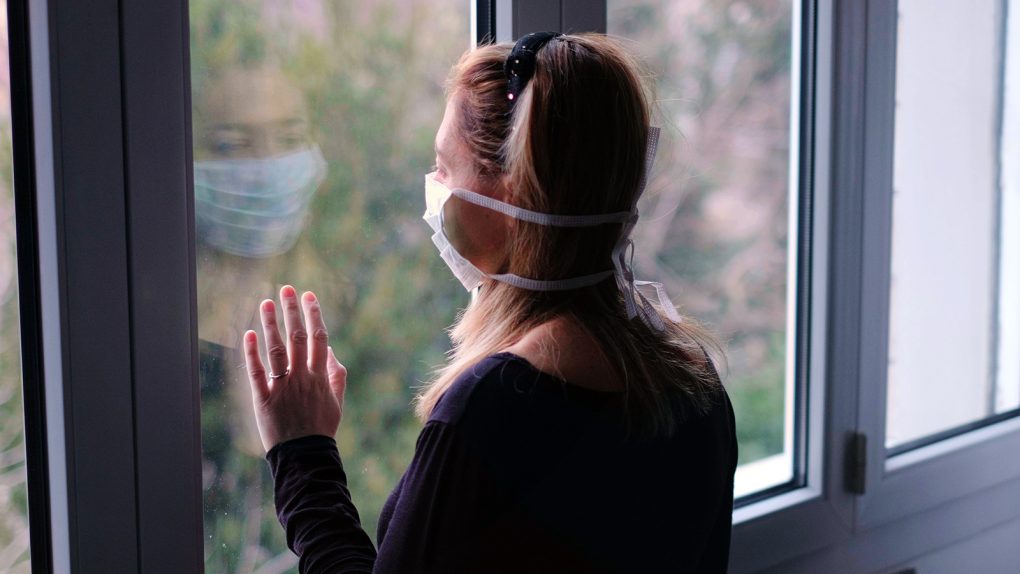- A new coronavirus study says that the time it takes for COVID-19 symptoms to appear might be even longer than 14 days in some cases.
- Health agencies including the CDC and WHO offer similar incubation estimates for the novel coronavirus, saying that symptoms can appear up to 14 days after exposure to the pathogen.
- Isolation and quarantine policies are based on those estimates, so this revelation could be a dangerous realization.
The novel coronavirus turned out to be a perfect storm. The virus mutated in such a way that it was able to spread rapidly, turning COVID-19 into a rare pandemic event. First of all, the virus is very resilient and can spread in warm and cold climates, which means transmission isn’t seasonal — the US COVID-19 epidemic is proof of that. Secondly, the virus triggers symptoms shared by various other illnesses, making a diagnosis based on clinical observations nearly impossible; a PCR test is the best way to confirm COVID-19 at this time. Thirdly, not all patients develop symptoms, but people start to spread the virus even before the onset of symptoms. That means many people are contagious long before they realize there’s something wrong.
Finally, the virus can take anywhere between 2 and 14 days to incubate, making it even harder for authorities to conduct contact tracing campaigns and for individuals to keep track of potential exposure. All these factors allowed the pathogen to spread like wildfire across the country and around the world. Now, a new study offers us more potential bad news about coronavirus’s modus operandi. It appears that the incubation period might be even longer than the 14 days that health agencies keep repeating, climbing as high as 34 days in some cases.
The CDC says in its COVID-19 guidelines that symptoms can appear in 2-14 days after an infection occurs, and studies have shown that patients can be infectious up to two days before the onset of symptoms. The WHO says that it takes 5-6 days on average for symptoms to appear, but the incubation period can last up to 14 days.
Researchers at the Trinity College Dublin have gone through COVID-19 articles published in five databases from January 1st to July 27th. They selected 64 papers that covered 45,151 patients aged 1 to 90 years old. They discovered that the minimum incubation period could range from a minimum of 1 to 9 days, all the way up to a maximum of 4 to 34 days.
The mean incubation period based on 30 studies was 6.71 days, with 95% confidence intervals (CI) ranging from 1 to 12.4 days. CI is an estimate indicating the range of values that the actual figure lies within. The median incubation period based on 58 studies was 6 days, with an interquartile range (IQR) of 1.8 to 16.3 days. IQR measures here the middle 50% of values in a data set. The larger the IQR interval is, the further the data is spread from the median.
The researchers concluded that the incubation period might be much longer than we’ve been led to believe. “The findings highlight the variability in the mean period and the potential for further incubation beyond 14 days,” they said, recommending that mitigation strategies be updated in light of these new incubation estimates. “There is an ongoing need for detailed surveillance on the timing of self-isolation periods and related measures protecting communities as incubation periods may be longer.”
The preprint version of the study is available online at this link, which means it hasn’t yet been peer-reviewed. As with other studies, the research can benefit from additional research. Estimates said in the early days of the pandemic that the incubation ranges from 4 to 7 days, News-Medical reminds us. Currently, the estimates are at 2-14 days, and that’s the period various governments use to create public health policies that can reduce the spread, such as quarantines following suspected contacts. If the actual incubation period is up to twice as long, our current strategies might be dangerously wrong.








